So, what is a heat pump? A heat pump is part of a home heating and cooling system and is installed outside your home. Like an air conditioner such as central air, it can cool your home, but it’s also capable of providing heat. In cooler months, a heat pump pulls heat from the cold outdoor air and transfers it indoors, and in warmer months, it pulls heat out of indoor air to cool your home. They are powered by electricity and transfer heat using refrigerant to provide comfort all year round. Because they handle both cooling and heating, homeowners may not need to install separate systems to heat their homes. In colder climates, an electric heat strip can be added to the indoor fan coil for additional capabilities. Heat pumps do not burn fossil fuel like furnaces do, making them more environmentally friendly.
What Types Of Heat Pumps Are There?
The two most common types of heat pumps are air-source and ground-source. Air-source heat pumps transfer heat between indoor air and outdoor air, and are more popular for residential heating and cooling.
Ground-source heat pumps, sometimes called geothermal heat pumps, transfer heat between the air inside your home and the ground outside. These are more expensive to install but are typically more efficient and have a lower operating cost due to the consistency of the ground temperature throughout the year.
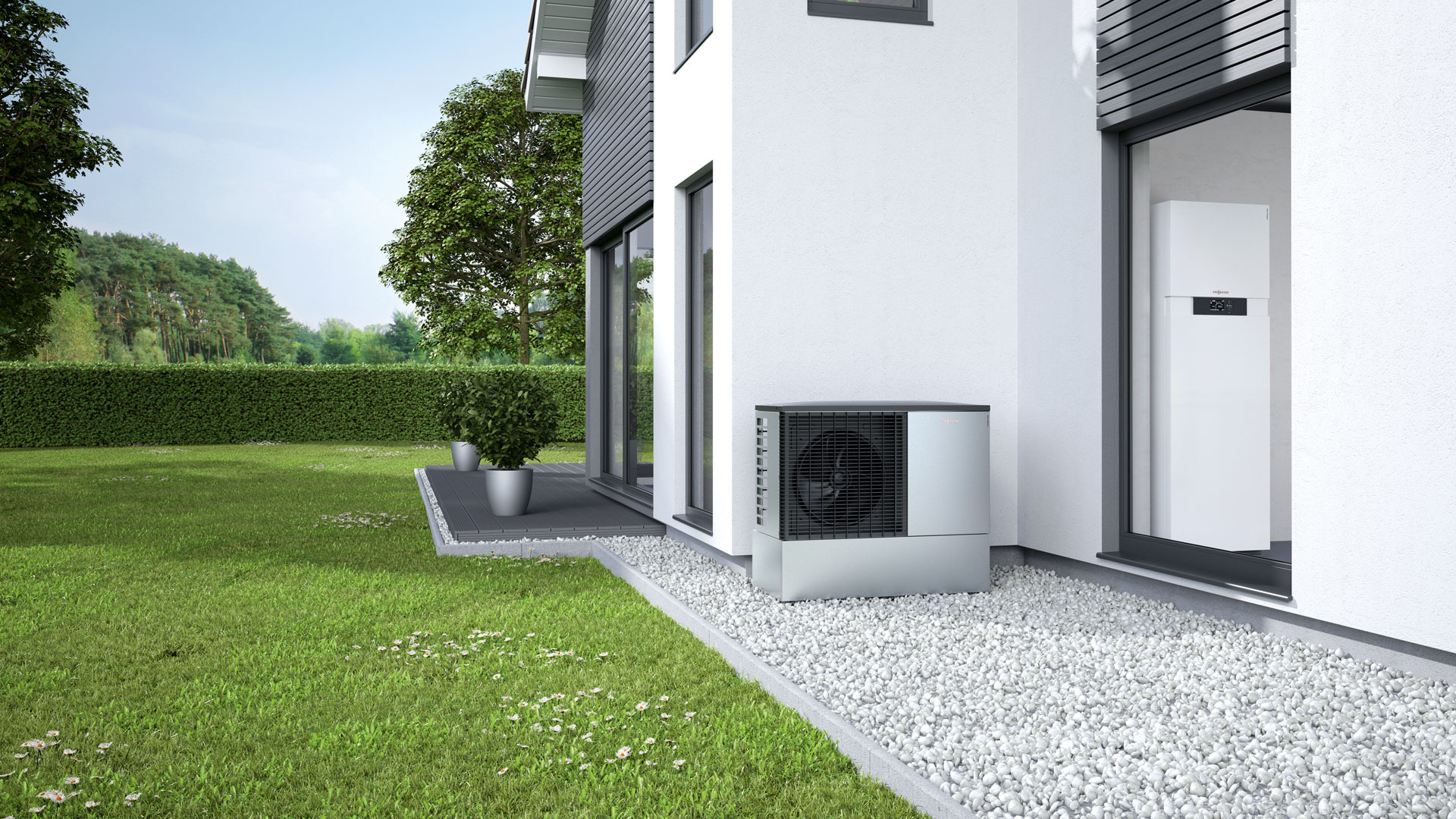
How Does A Heat Pump Work?
How does a heat pump work? Heat pumps transfer heat from one place to another by different air or heat sources. Air source heat pumps move heat between the air inside a home and the air outside a home, while ground source heat pumps (known as geothermal heat pumps) transfer heat between the air inside a home and the ground outside a home. We will focus on air source heat pumps, but the basic operation is the same for both.
Heat Pump Basics
Despite the name, heat pumps do not generate heat – they move heat from one place to another. A furnace creates heat that is distributed throughout a home, but a heat pump absorbs heat energy from the outside air (even in cold temperatures) and transfers it to the indoor air. When in cooling mode a heat pump and an air conditioner are functionally identical, absorbing heat from the indoor air and releasing it through the outdoor unit.
When considering which type of system is best for your home, several important factors should be considered, including the size of the home and the local climate. A local Carrier dealer has the expertise to properly evaluate your specific needs and help you make the right decision.
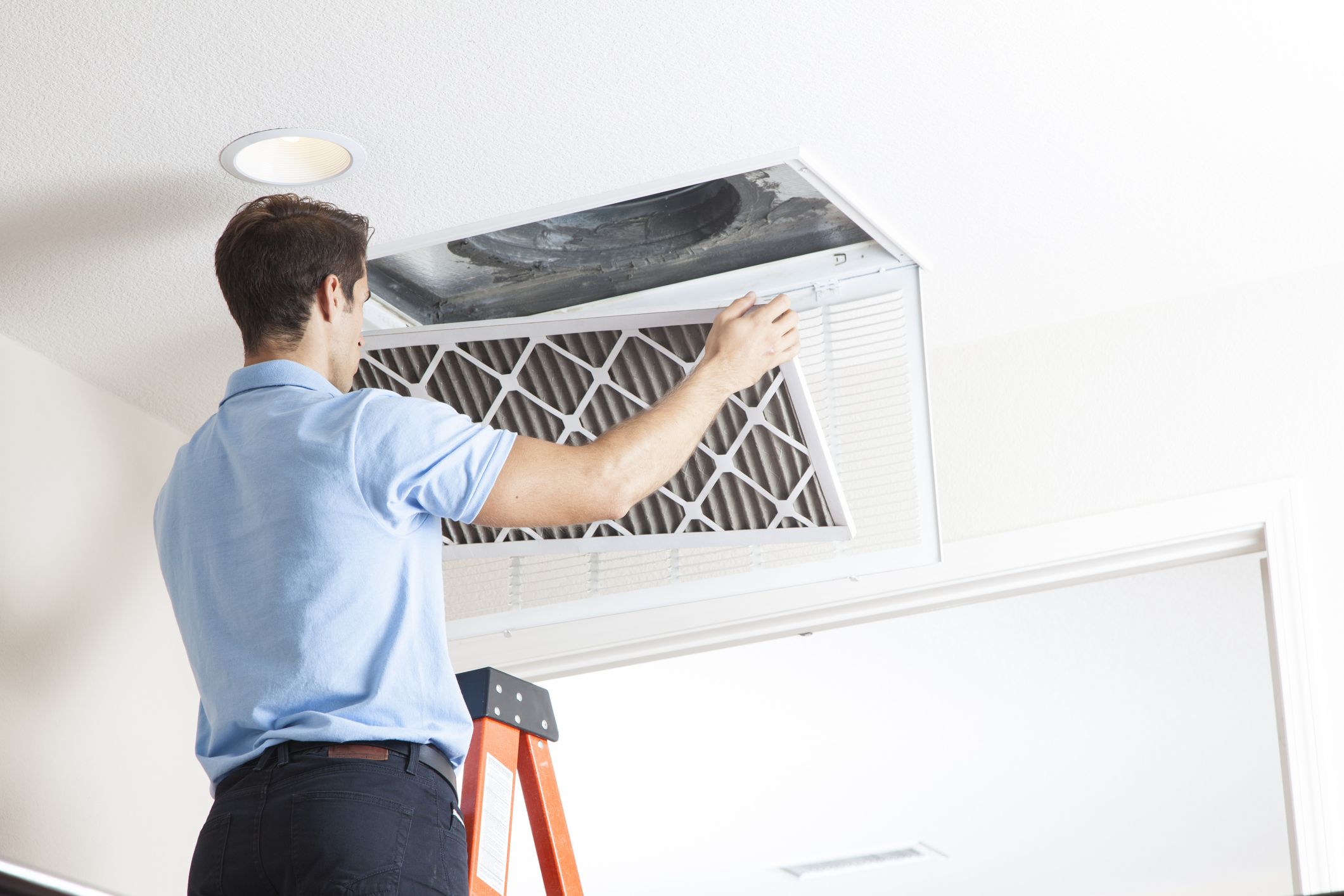
Where Do Heat Pumps Work Best?
Homeowners in need of a new heating or cooling system, may consider the type of climate they live in before purchasing a heat pump system. Heat pumps are more common in milder climates, where the temperature does not typically drop below freezing. In colder regions, they can also be combined with furnaces for energy-efficient heating on all but the coldest days. When the temperature outside drops too low for the heat pump to operate effectively, the system will instead use the furnace to generate heat. This kind of system is often called a dual fuel system – it is very energy efficient and cost effective.
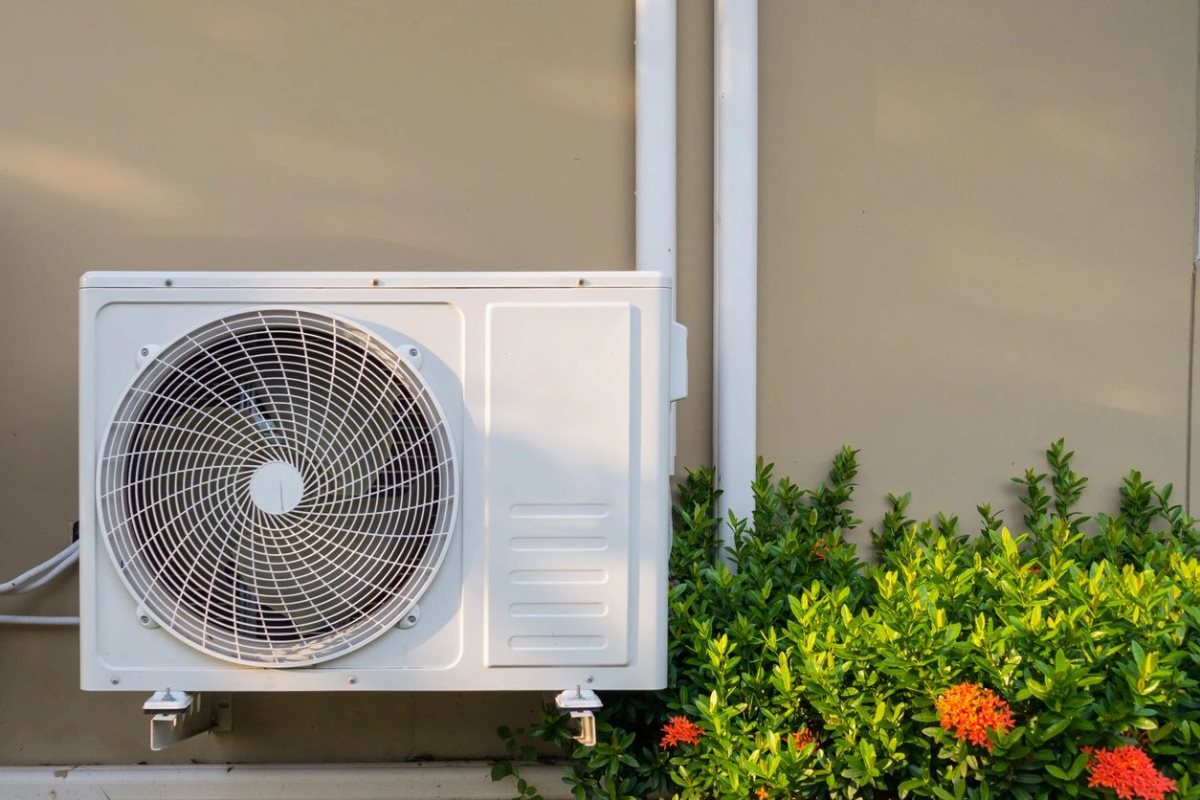
Important Components Of A Heat Pump System
A typical air source heat pump system consists of two major components, an outdoor unit (which looks just like the outdoor unit of a split-system air conditioning system) and an indoor air handler unit. Both the indoor and outdoor unit contain various important sub-components.
Outdoor Unit & Indoor Unit
The outdoor unit contains a coil and a fan. The coil operates as either a condenser (in cooling mode) or an evaporator (in heating mode). The fan blows outside air over the coil to facilitate the heat exchange. Like the outdoor unit, the indoor unit, commonly referred to as the air handler unit, contains a coil and a fan. The coil acts as an evaporator (in cooling mode) or a condenser (in heating mode). The fan is responsible for moving air across the coil and throughout the ducts in the home.
Refrigerant & Compressor
The refrigerant is the substance that absorbs and rejects heat as it circulates throughout the heat pump system. The compressor pressurizes the refrigerant and moves it throughout the system.
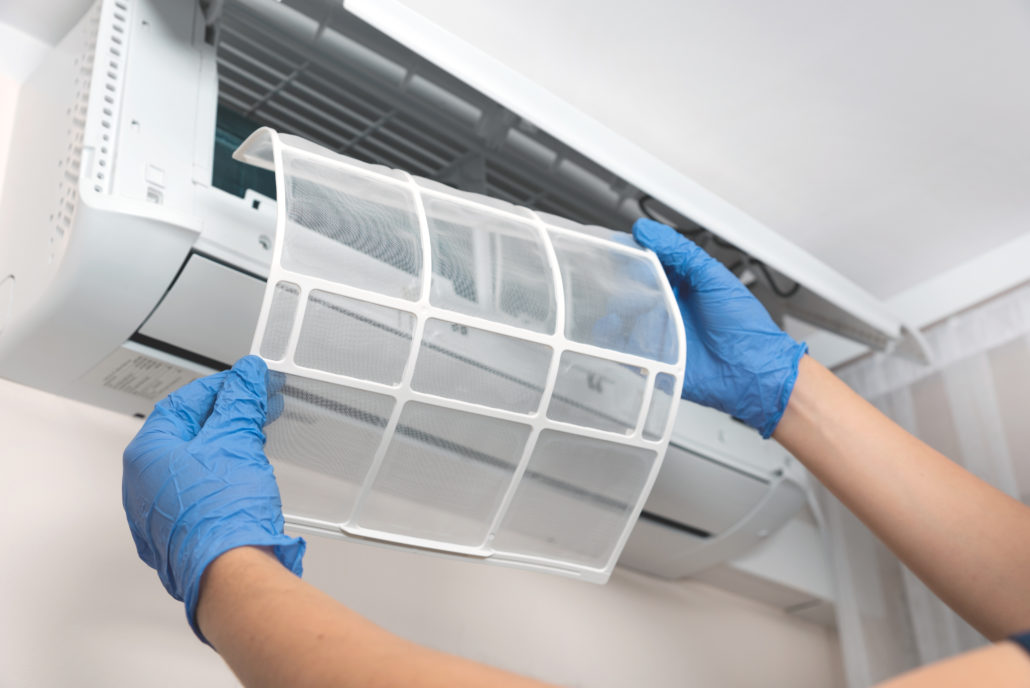
Reversing Valve & Expantion Valve
The part of the heat pump system that reverses the flow of refrigerant, allowing the system to operate in the opposite direction and switch between heating and cooling. The expansion valve acts as a metering device, regulating the flow of the refrigerant as it passes through the system, allowing for a reduction of pressure and temperature of the refrigerant.
How Does A Heat Pump Cool and Heat?
Heat pumps do not create heat. They redistribute heat from the air or ground and use a refrigerant that circulates between the indoor fan coil (air handler) unit and the outdoor compressor to transfer the heat.
In cooling mode, a heat pump absorbs heat inside your home and releases it outdoors. In heating mode, the heat pump absorbs heat from the ground or outside air (even cold air) and releases it indoors.
How A Heat Pump Works - Cooling Mode
One of the most important things to understand about heat pump operation and the process of transferring heat is that heat energy naturally wants to move to areas with lower temperatures and less pressure. Heat pumps rely on this physical property, putting heat in contact with cooler, lower pressure environments so that the heat can naturally transfer. This is how a heat pump works.
STEP 1
Liquid refrigerant is pumped through an expansion device at the indoor coil, which is functioning as the evaporator. Air from inside the house is blown across the coils, where heat energy is absorbed by the refrigerant. The resulting cool air is blown throughout the home’s ducts. The process of absorbing the heat energy has caused the liquid refrigerant to heat up and evaporate into gas form.
STEP 2
The gaseous refrigerant now passes through a compressor, which pressurizes the gas. The process of pressurizing the gas causes it to heat up (a physical property of compressed gases). The hot, pressurized refrigerant moves through the system to the coil in the outdoor unit.
STEP 3
A fan in the outdoor unit moves outside air across the coils, which are serving as condenser coils in cooling mode. Because the air outside the home is cooler than the hot compressed gas refrigerant in the coil, heat is transferred from the refrigerant to the outside air. During this process, the refrigerant condenses back to a liquid state as it cools. The warm liquid refrigerant is pumped through the system to the expansion valve at the indoor units.
STEP 4
The expansion valve reduces the pressure of the warm liquid refrigerant, which cools it significantly. At this point, the refrigerant is in a cool, liquid state and ready to be pumped back to the evaporator coil in the indoor unit to begin the cycle again.
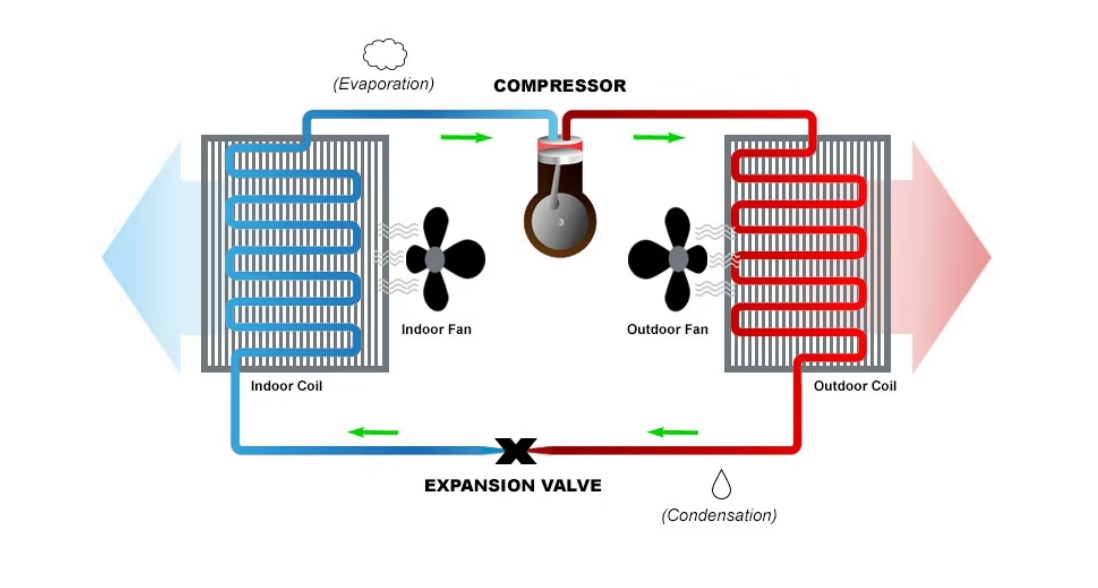
How A Heat Pump Works - Heating Mode
A Heat pump in heating mode operates just like cooling mode, except that the flow of refrigerant is reversed by the aptly named reversing valve. The flow reversal means that the heating source becomes the outside air (even when outdoor temperatures are low) and the heat energy is released inside the home. The outside coil now has the function of an evaporator, and the indoor coil now has the role of the condenser.
The physics of the process are the same. Heat energy is absorbed in the outdoor unit by cool liquid refrigerant, turning it into cold gas. Pressure is then applied to the cold gas, turning it to hot gas. The hot gas is cooled in the indoor unit by passing air, heating the air and condensing the the gas to warm liquid. The warm liquid is relieved of pressure as it enters the outdoor unit, turning it to cool liquid and renewing the cycle.
How A Heat Pump Works – Review
Heat pumps are versatile, efficient cooling and heating systems. Thanks to a reversing valve, a heat pump can change the flow of refrigerant and either heat or cool a home. Air is blown over an evaporator coil, transferring heat energy from the air to the refrigerant. That heat energy is circulated in the refrigerant to a condenser coil, where it is released as a fan blows air across the coil. Through this process, heat is pumped from one place to another.
Let Z&X Mechanical be your heating system service solution!
Z&X Mechanical has more than 30 years of expertise in serving clients in Cyprus. Our experienced professionals understand the importance of always meeting the needs of clients while providing top – quality pool services. We will always do what we promise and ensure that you are satisfied with our heating services.
Are you interested in our services? Want to know more from our specialist? Leave us your contact below and we will contact you.
Via Carrier

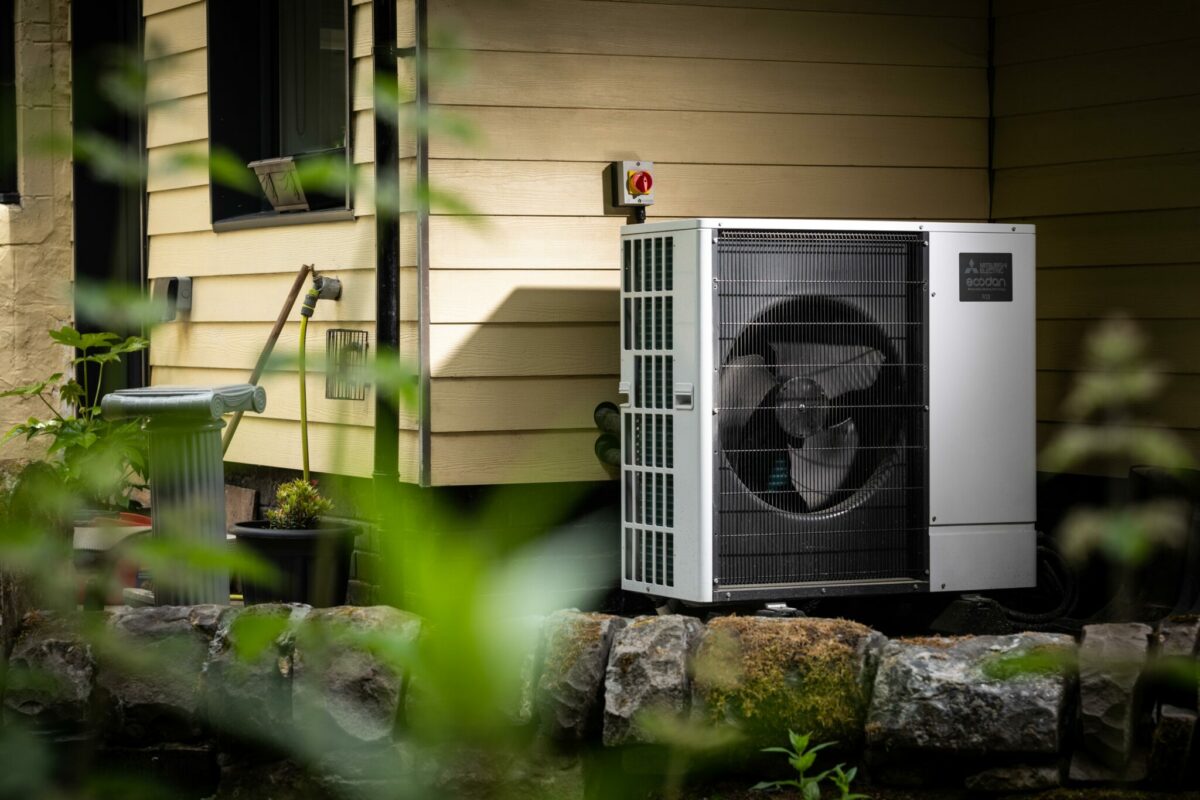

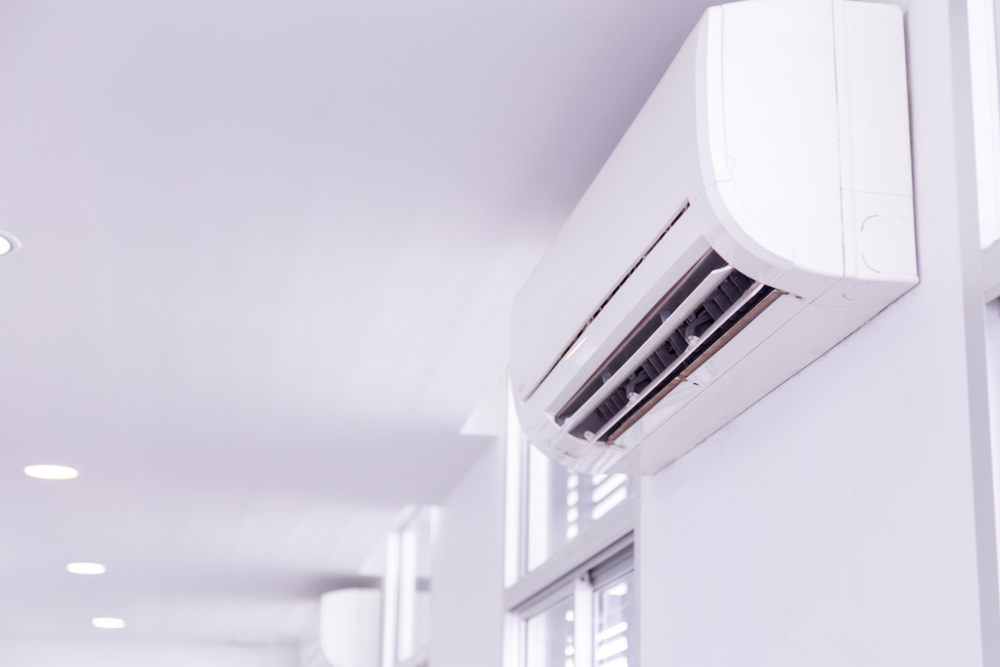

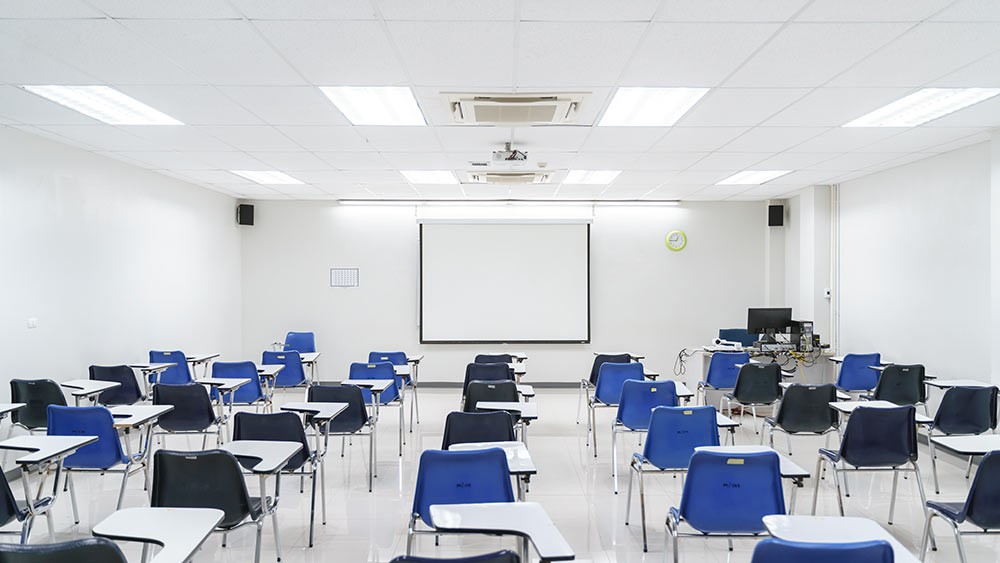

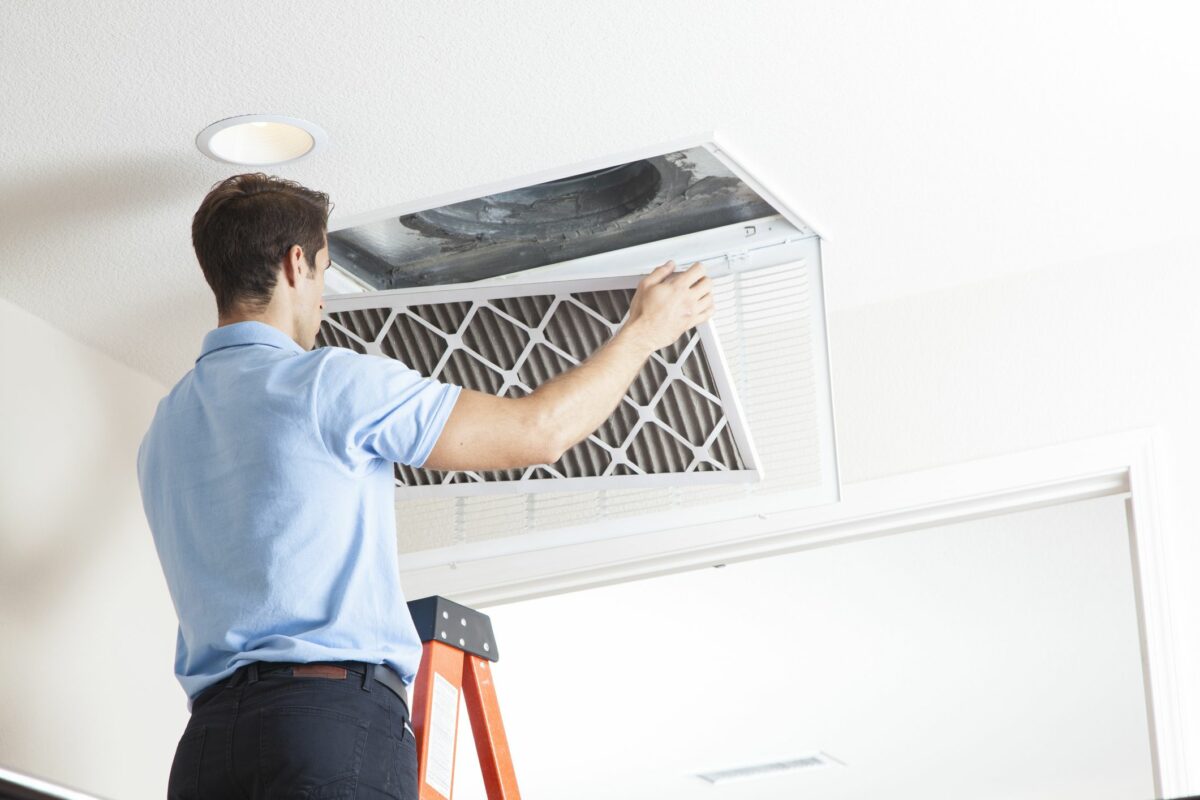

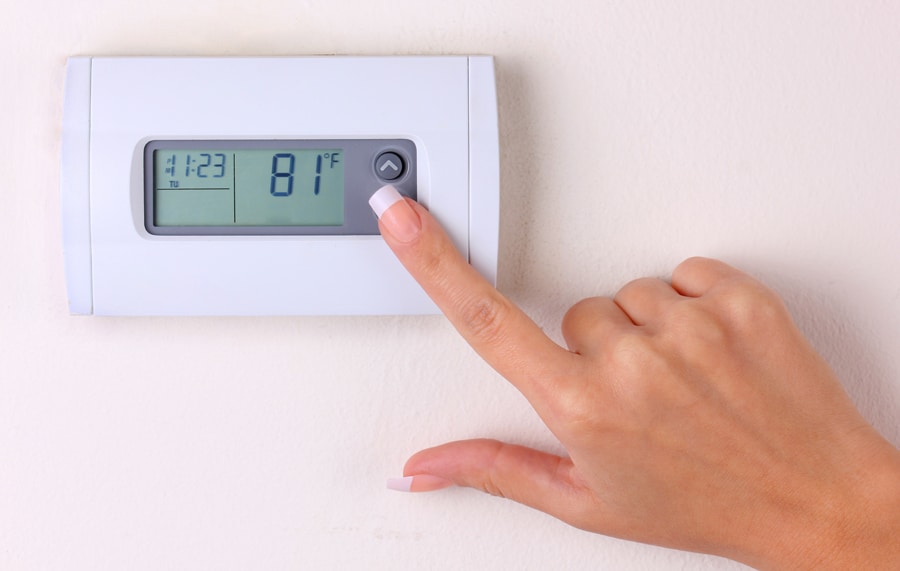
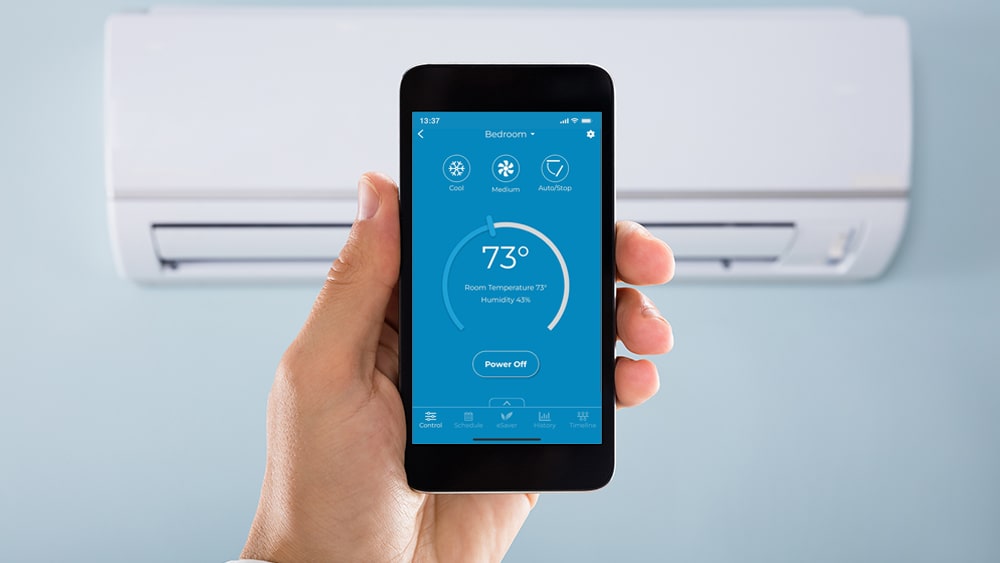
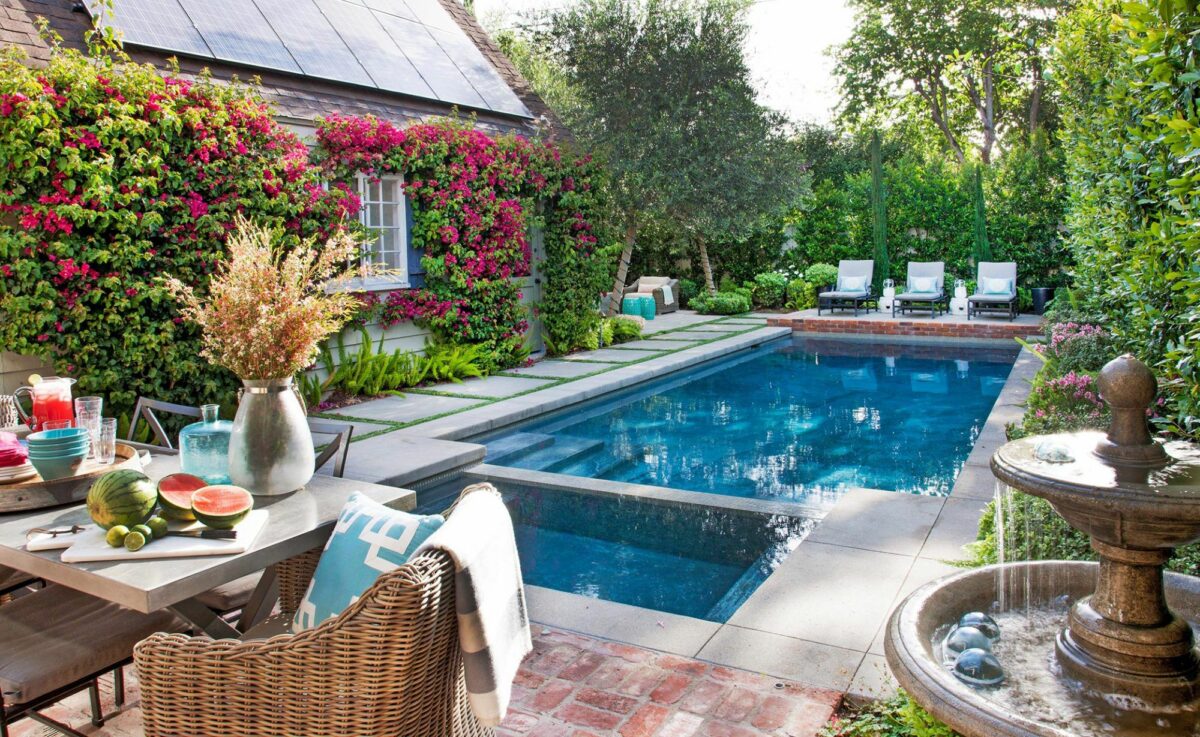
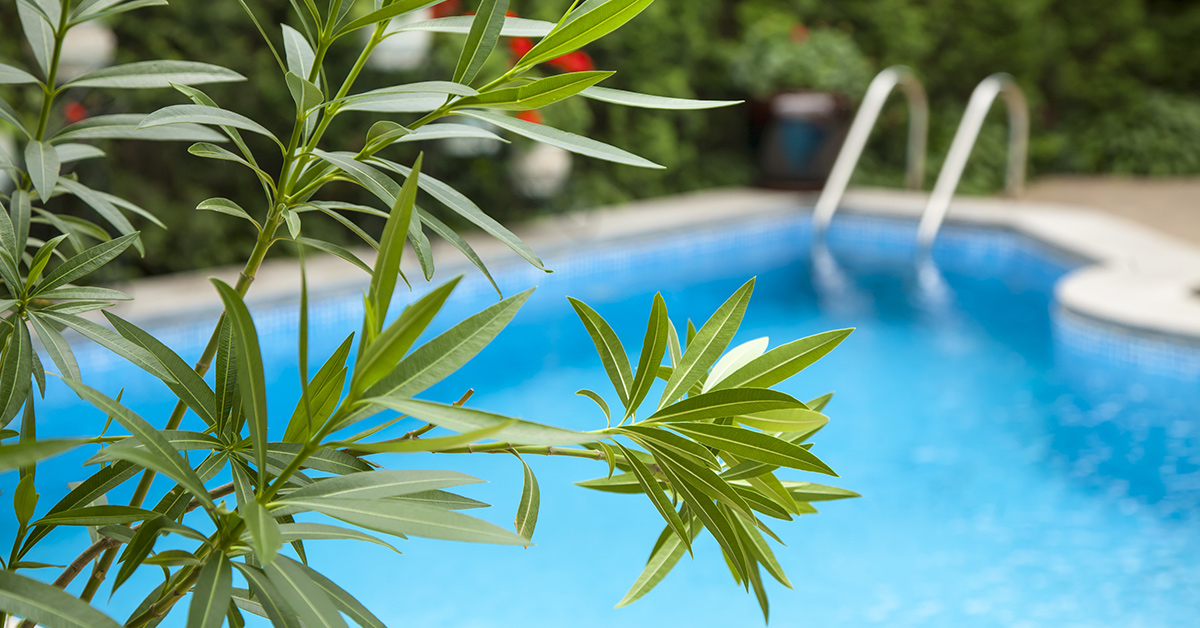
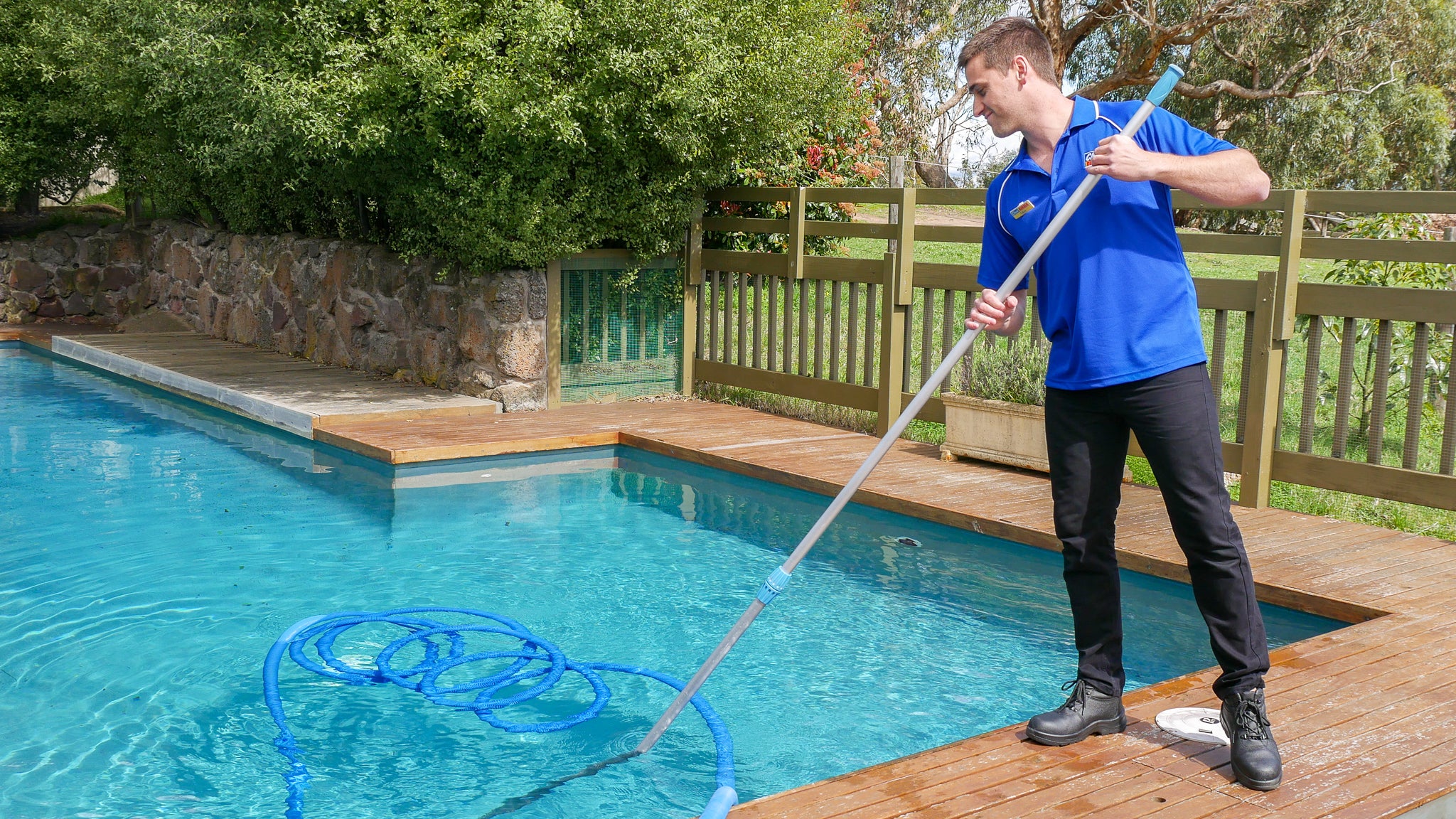
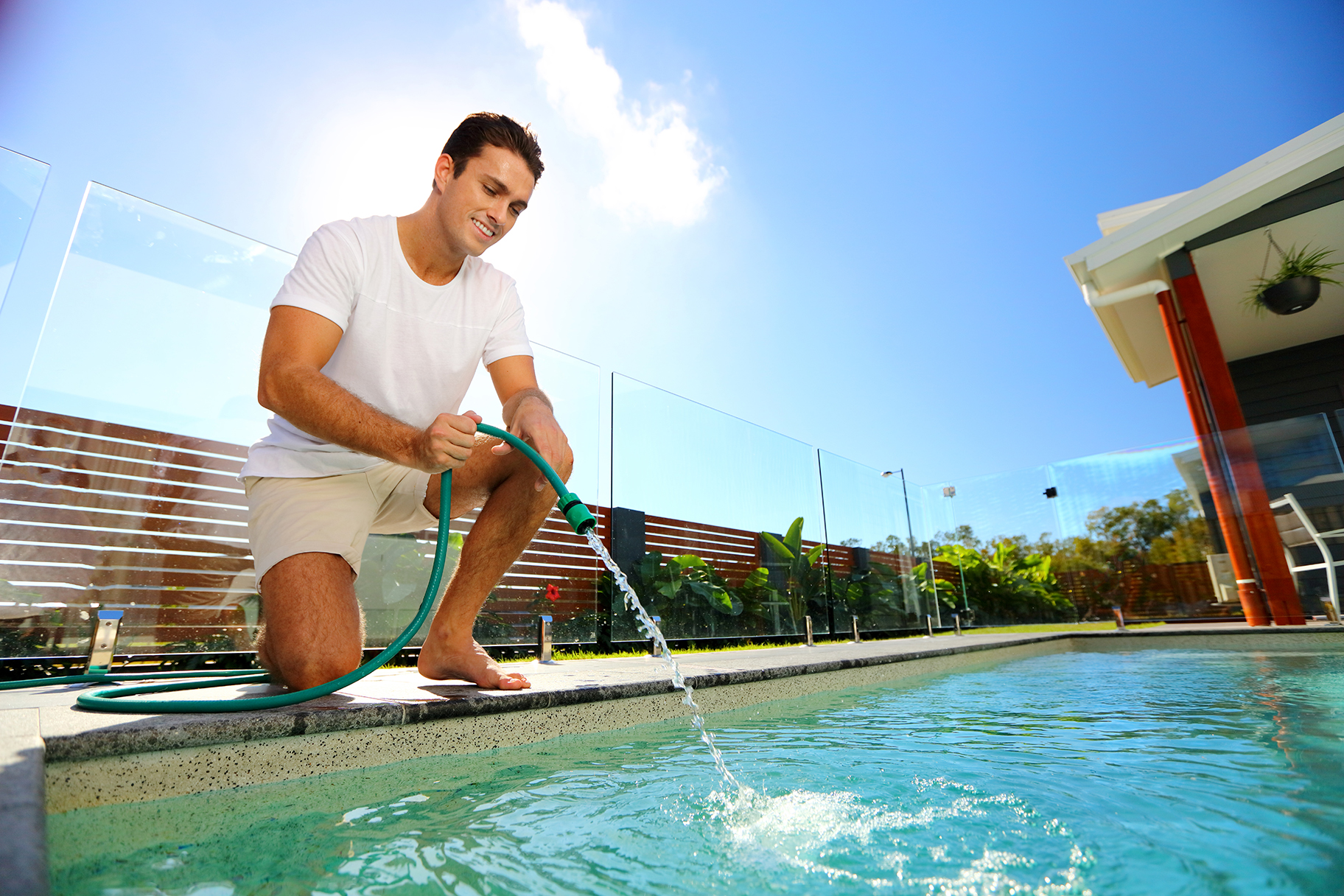
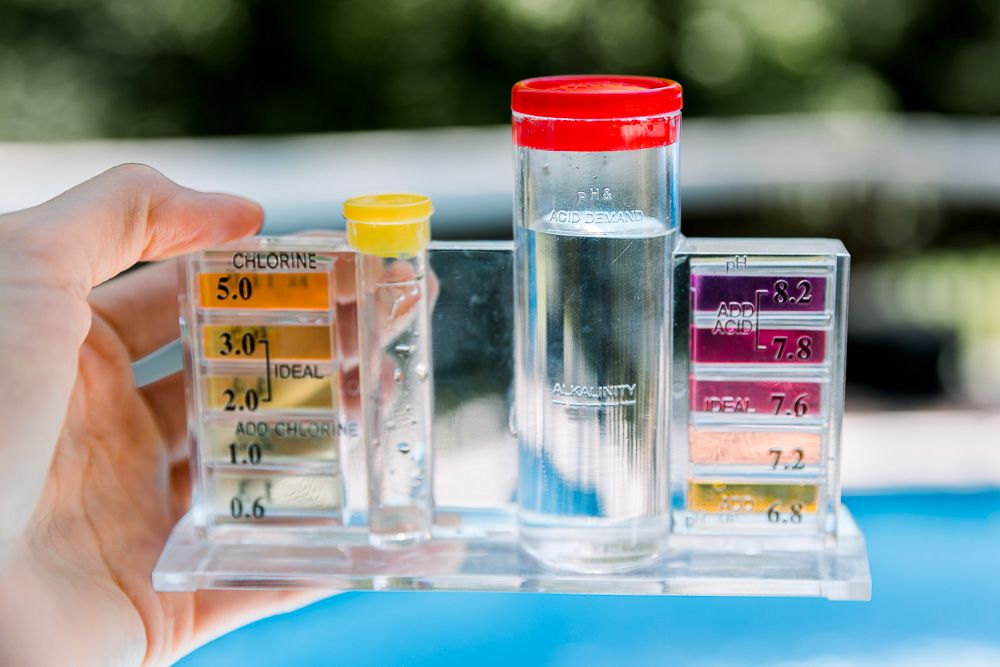
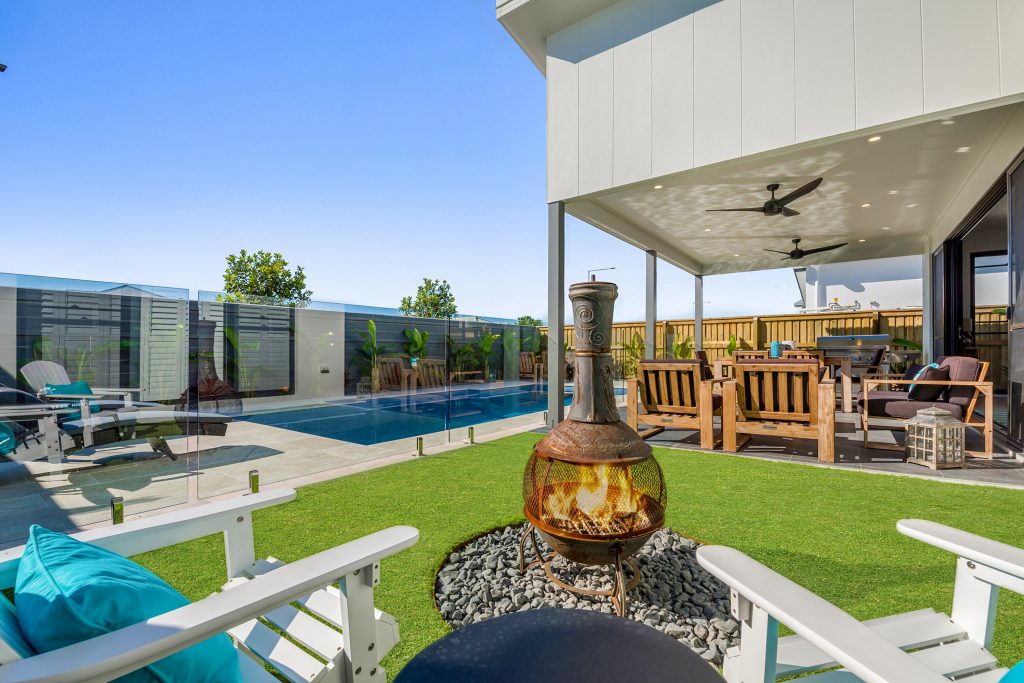
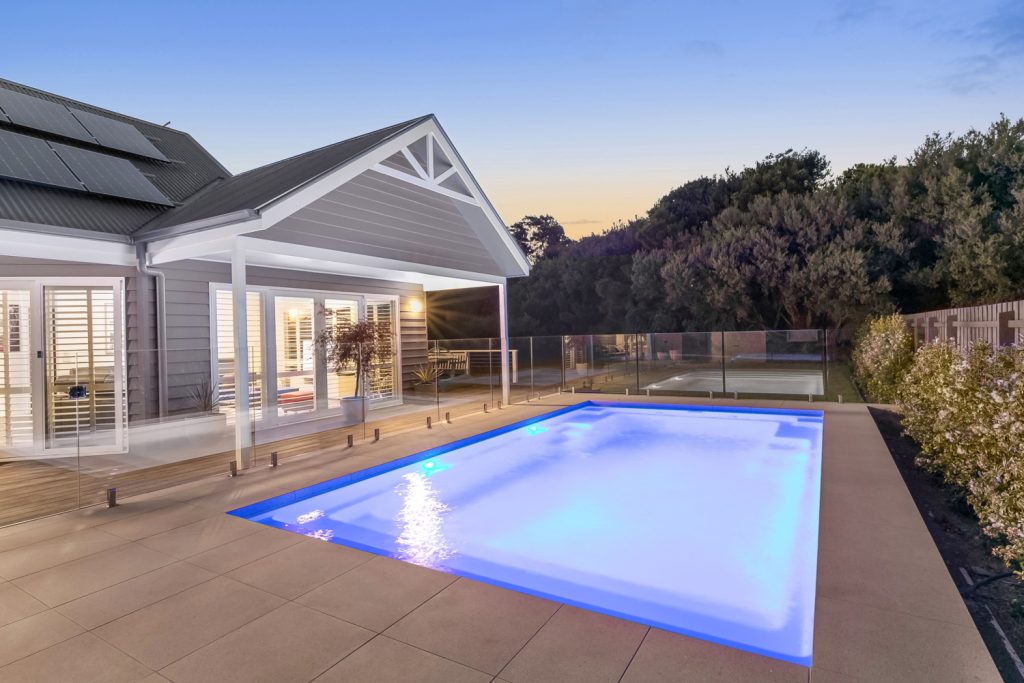
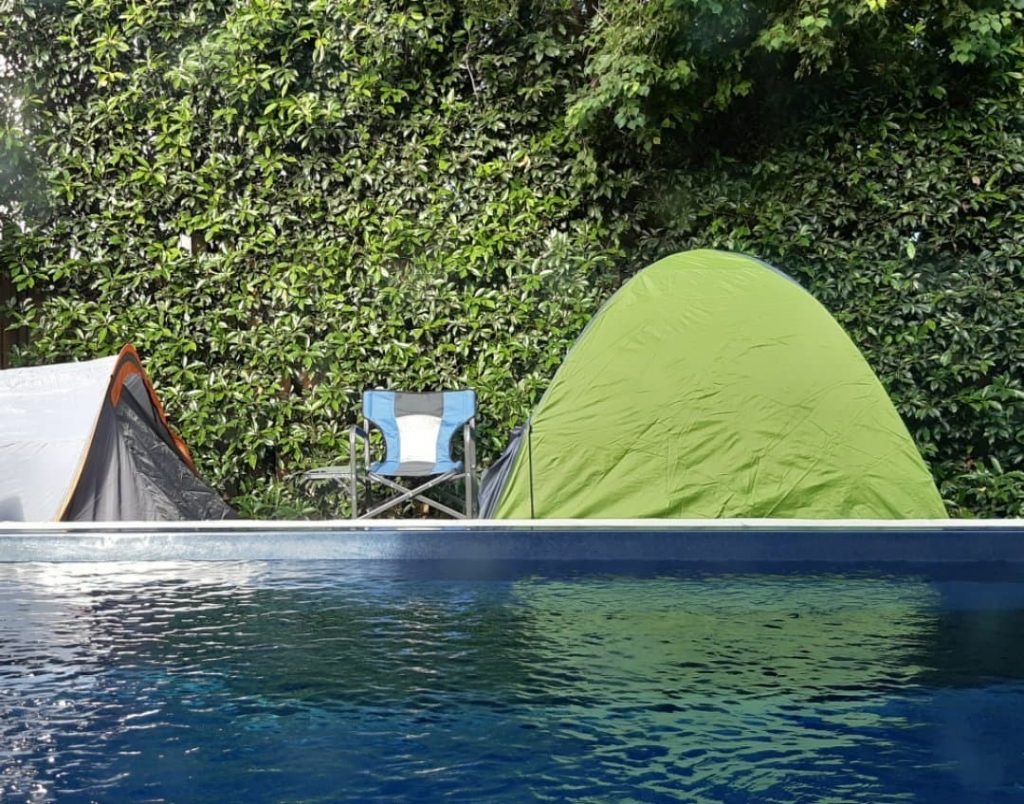
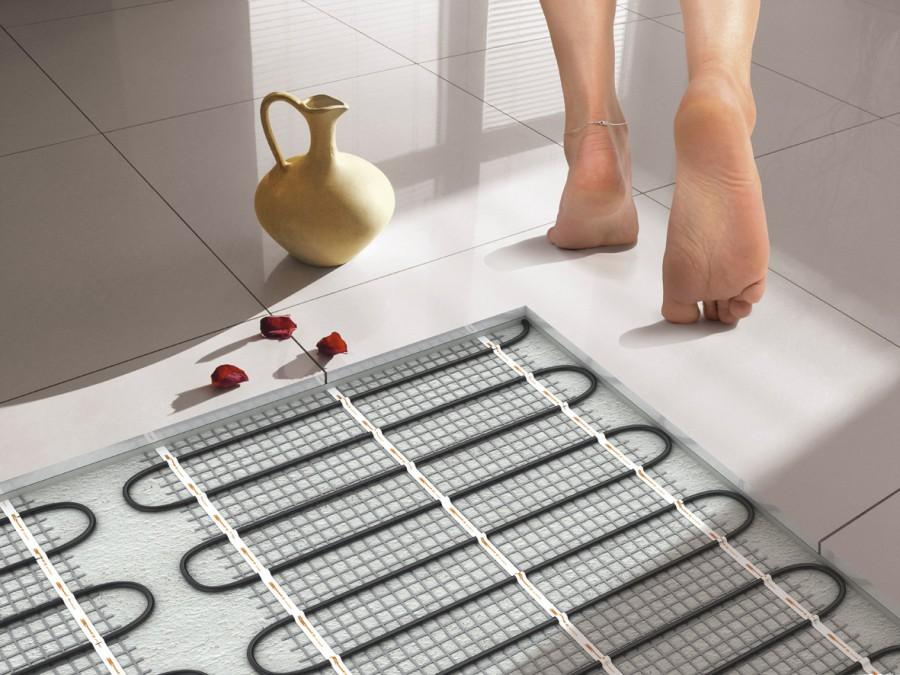
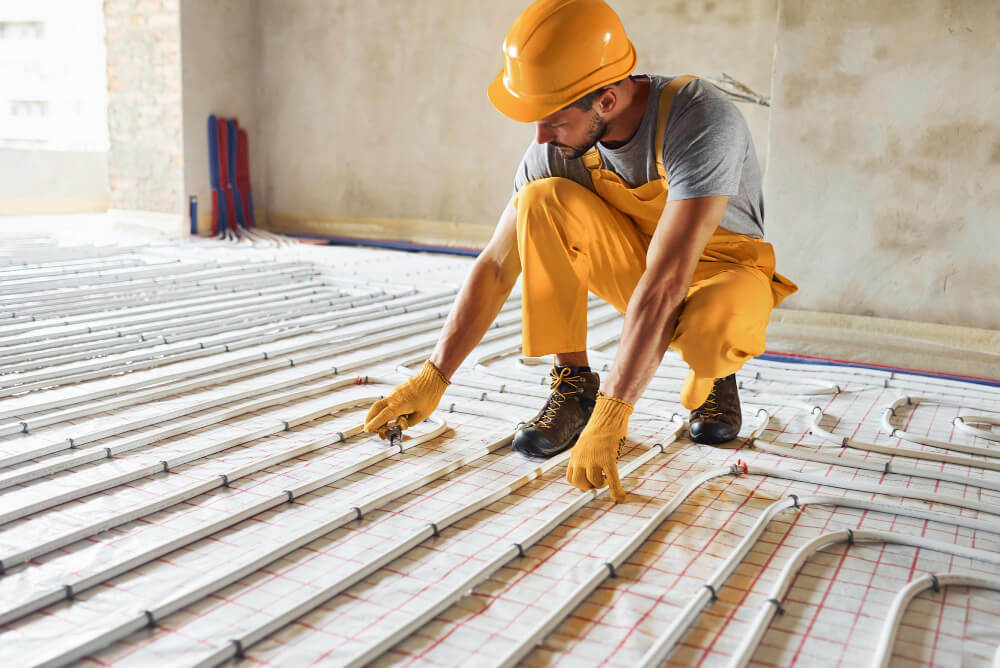
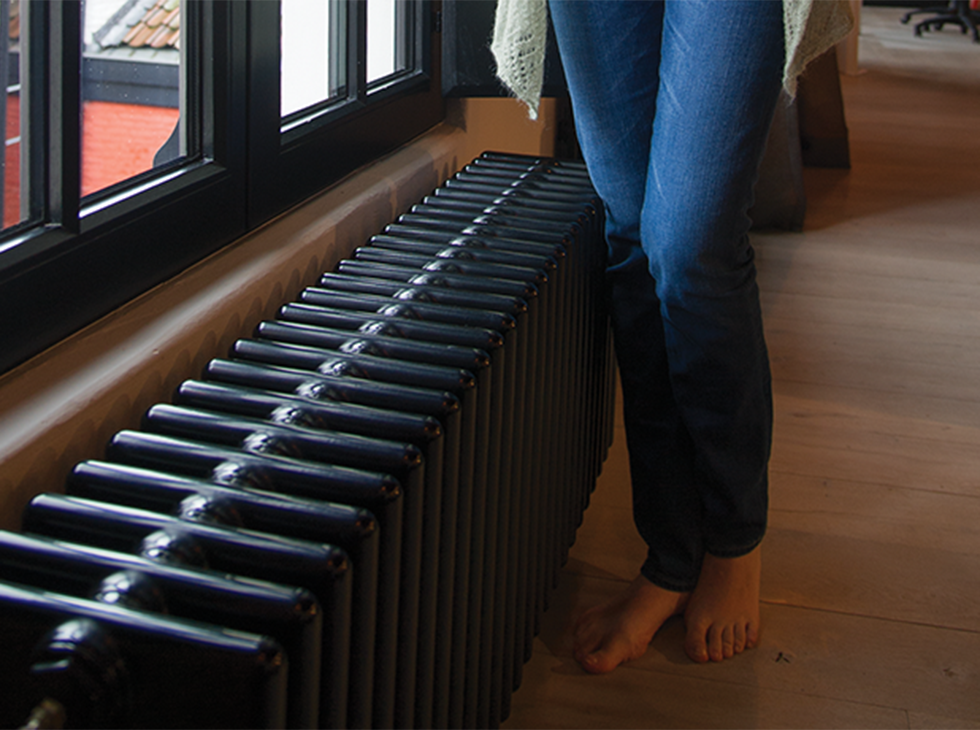
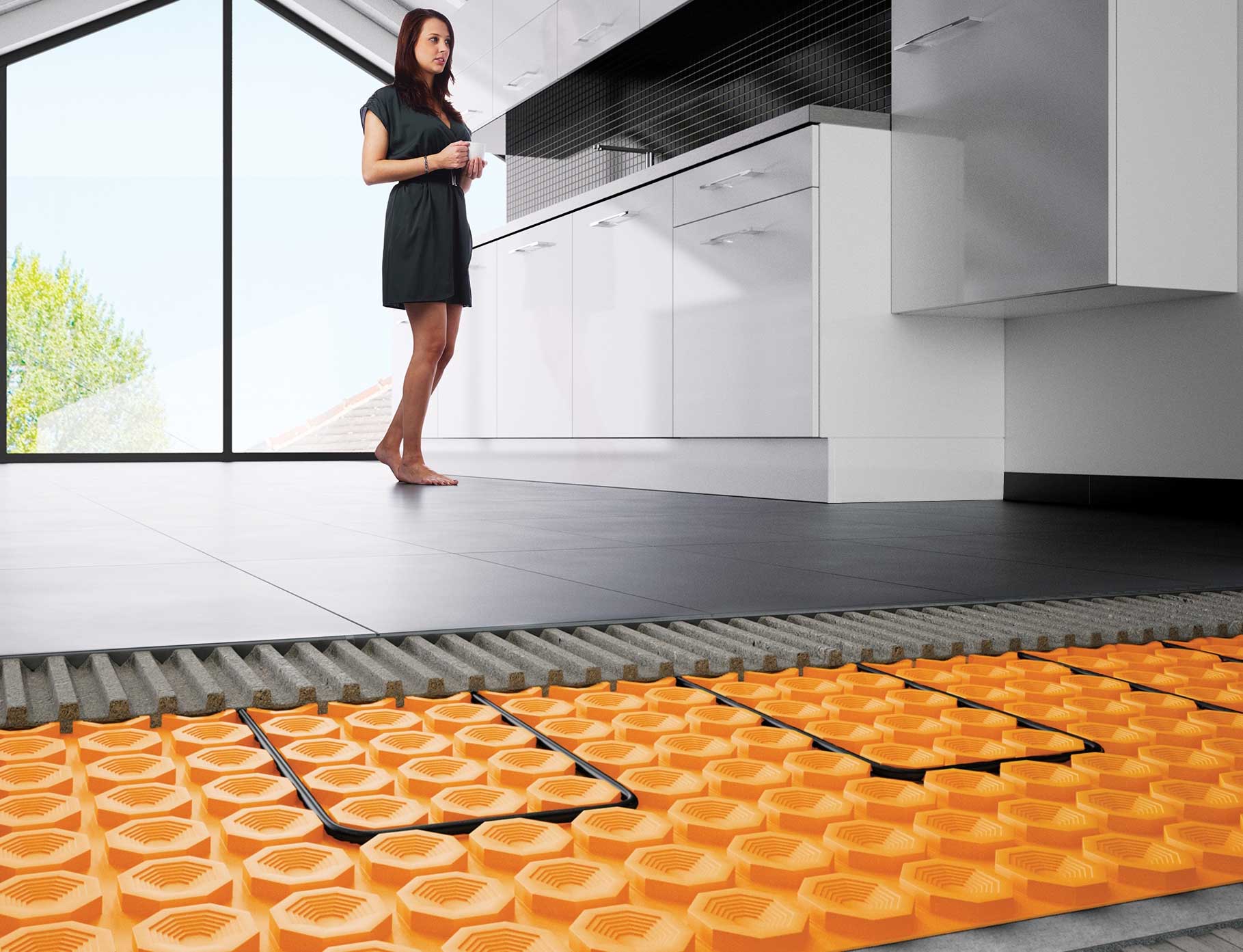
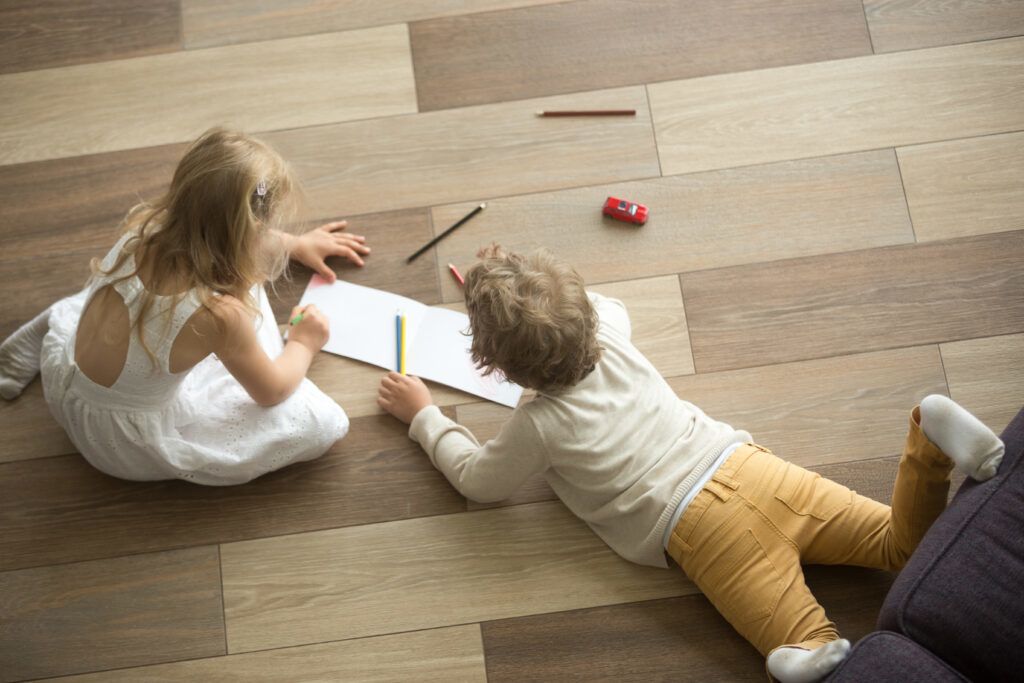
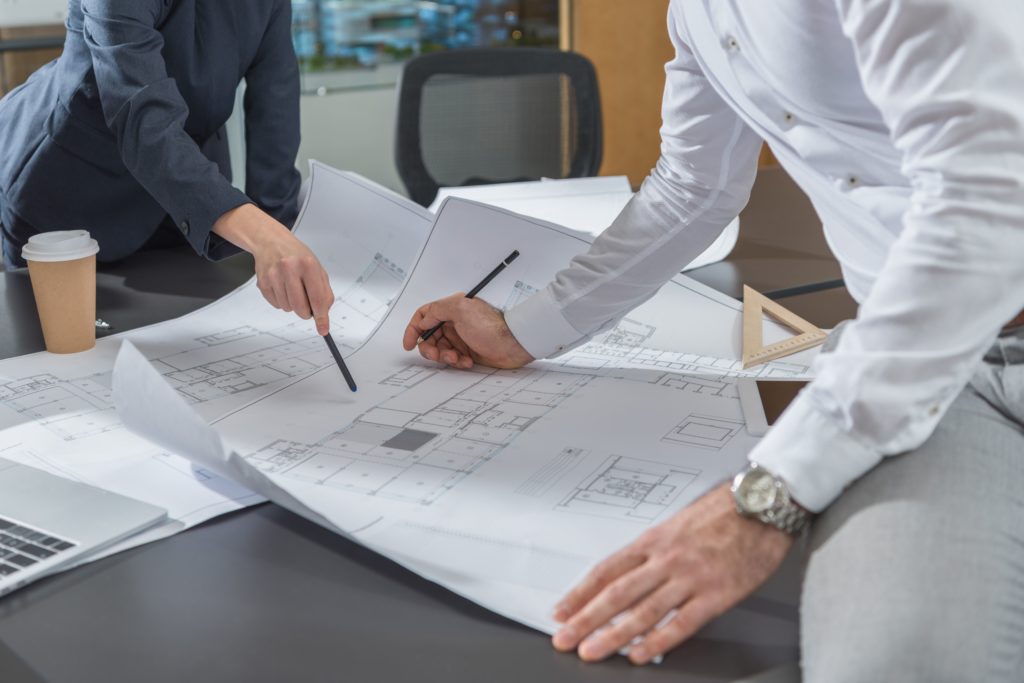

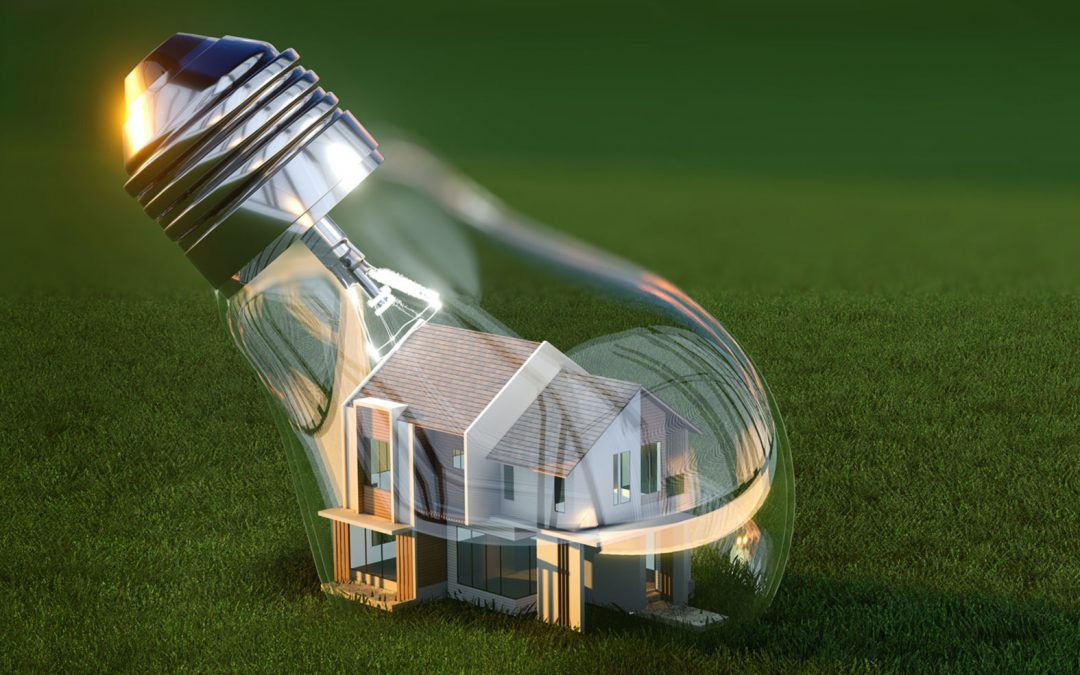
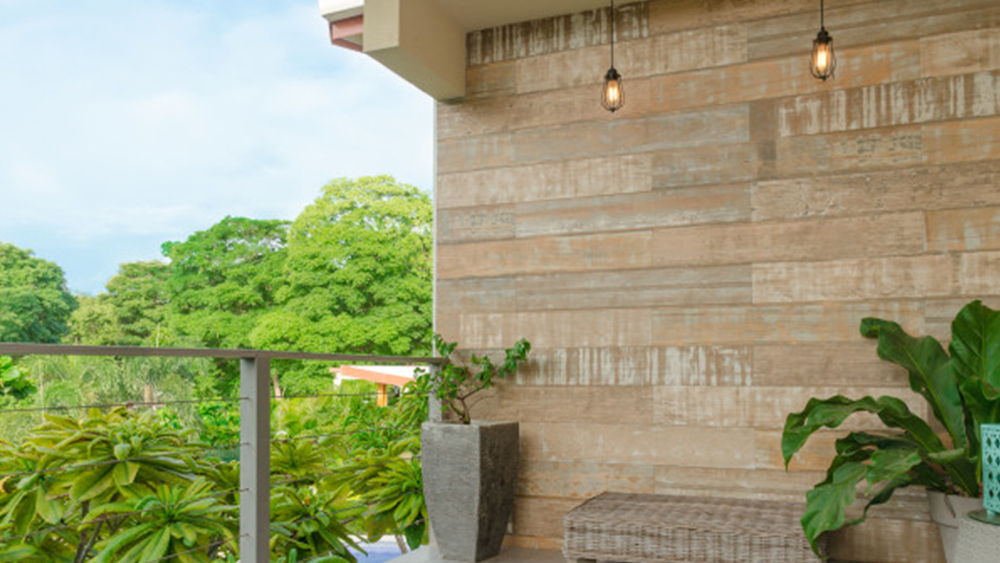

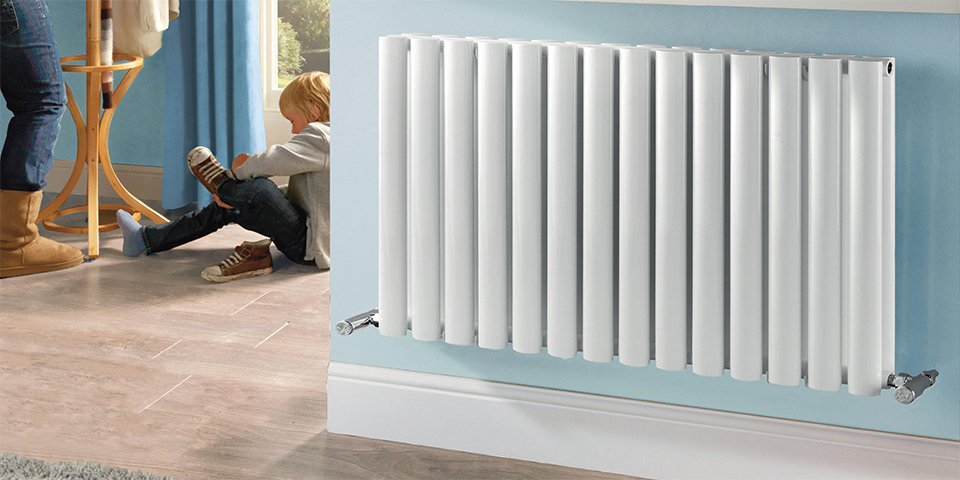
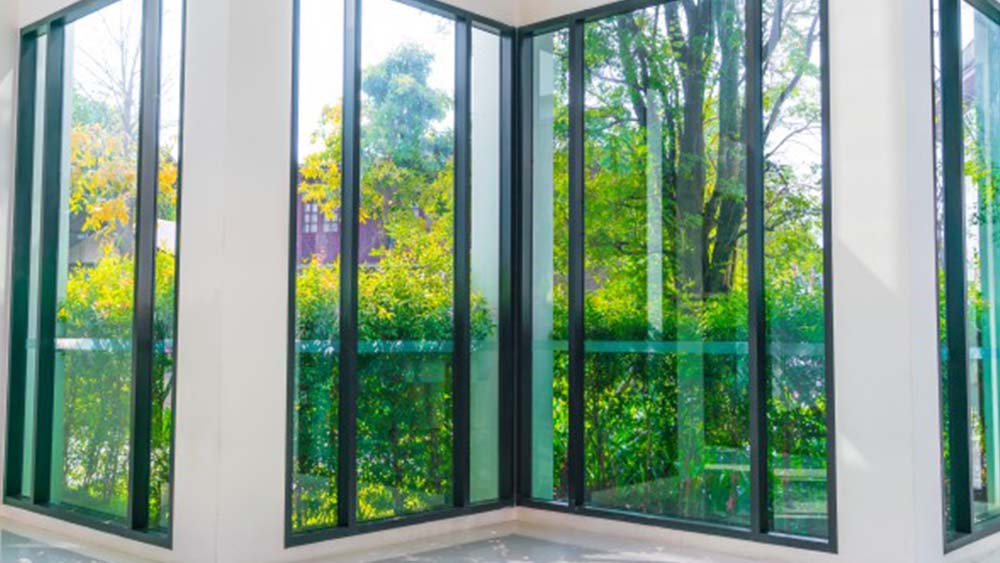
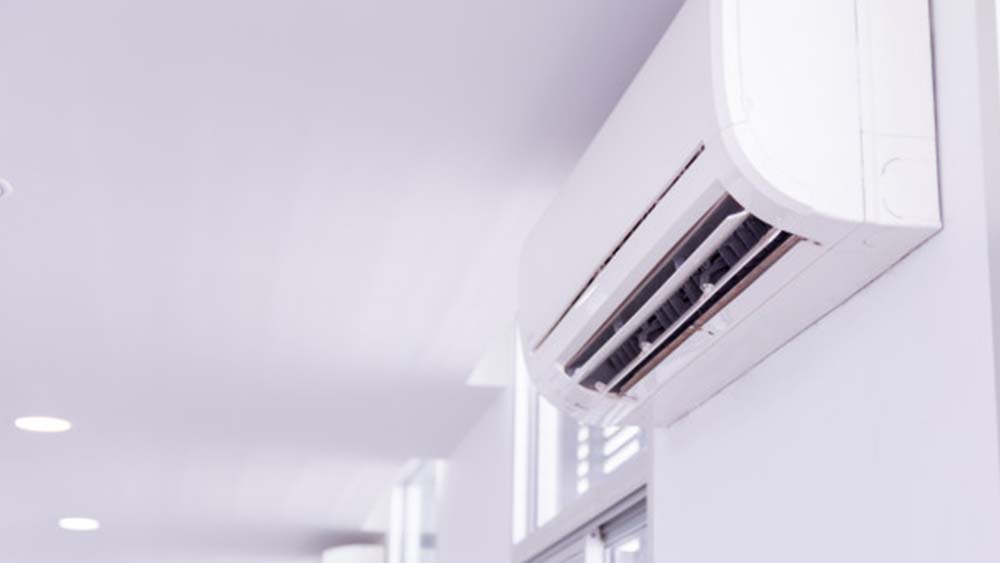
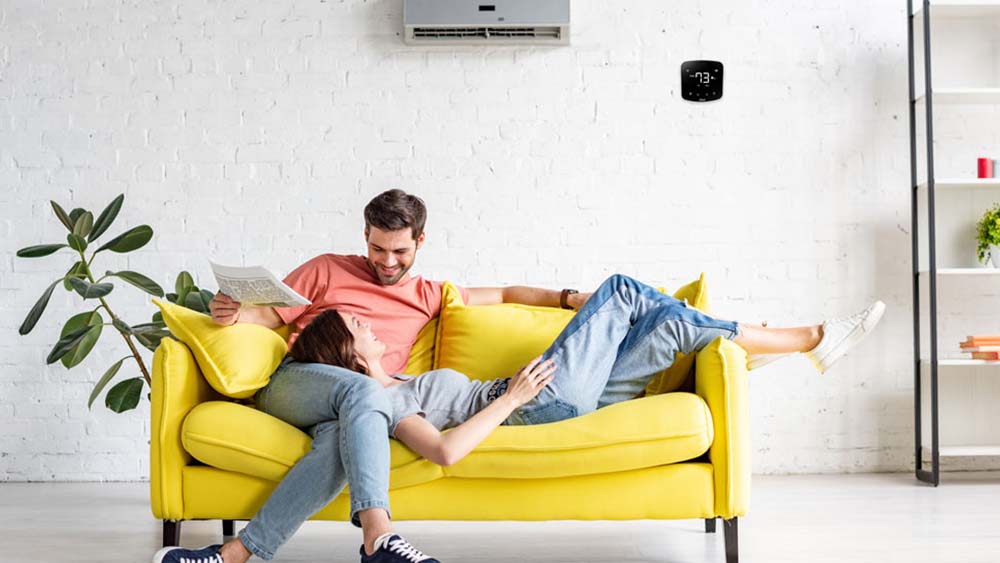
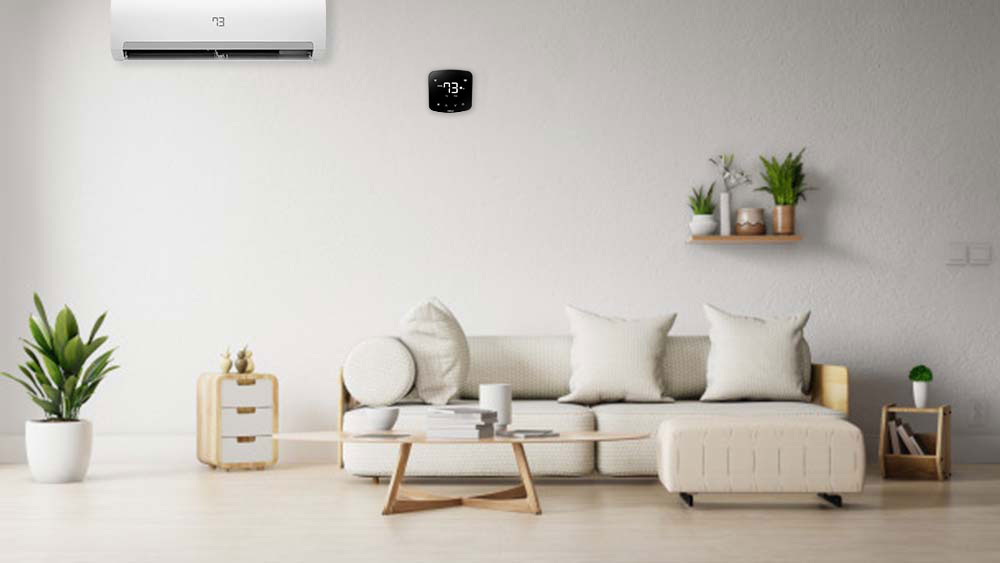

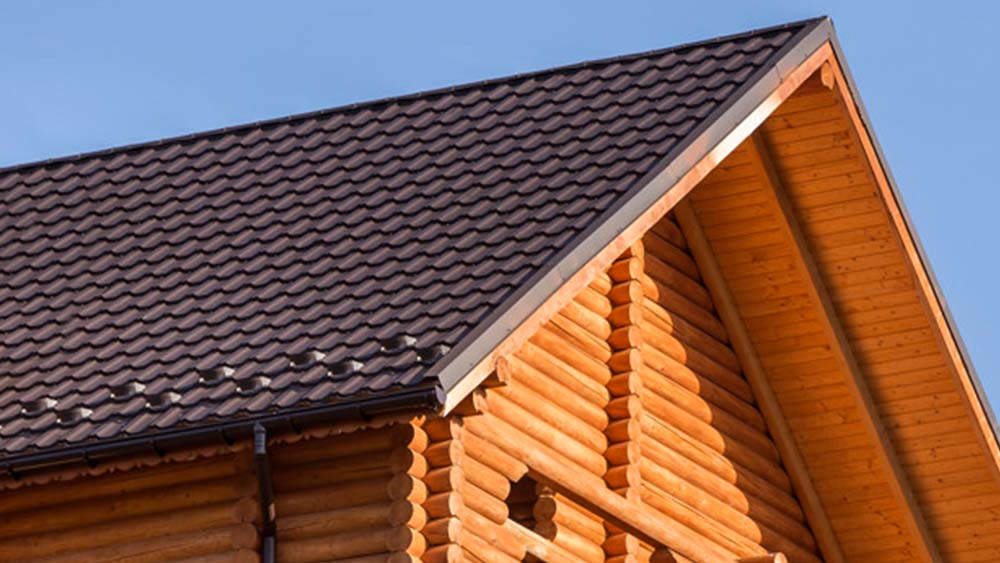
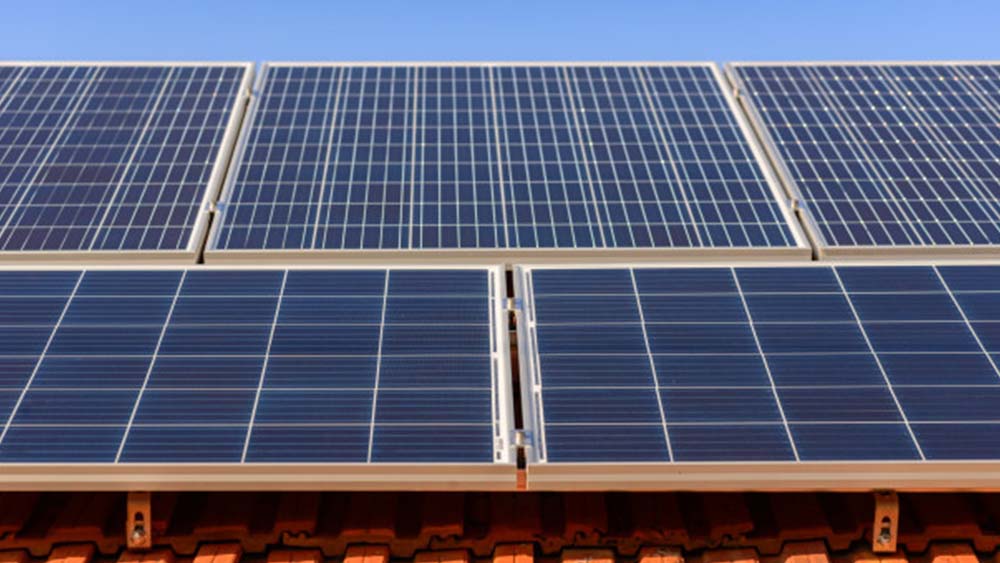
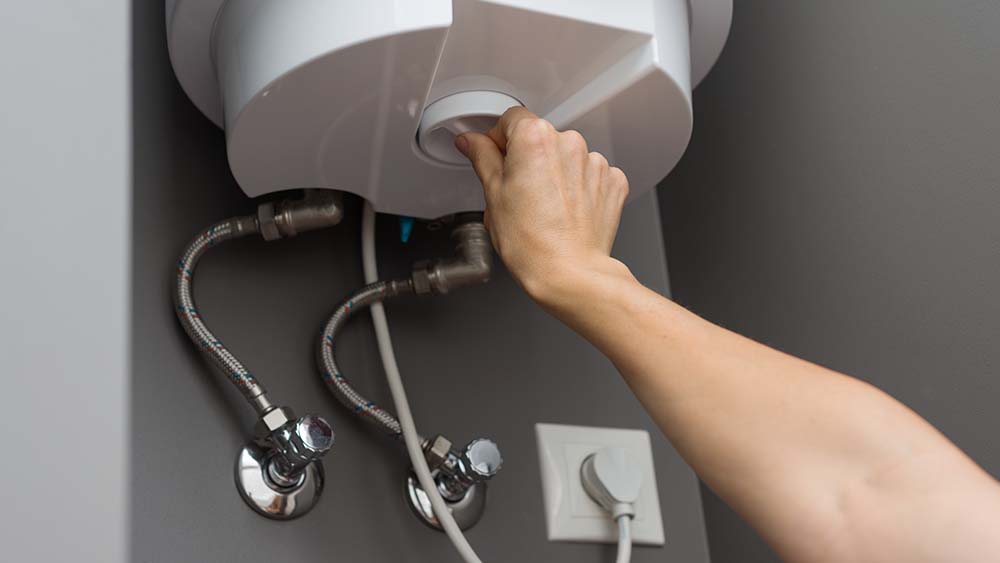

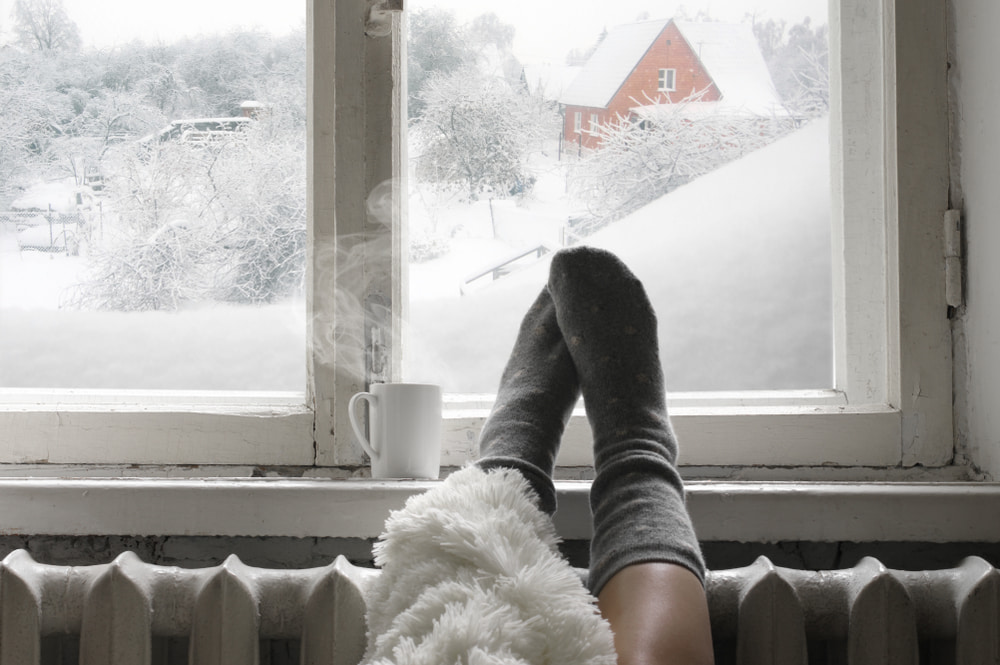
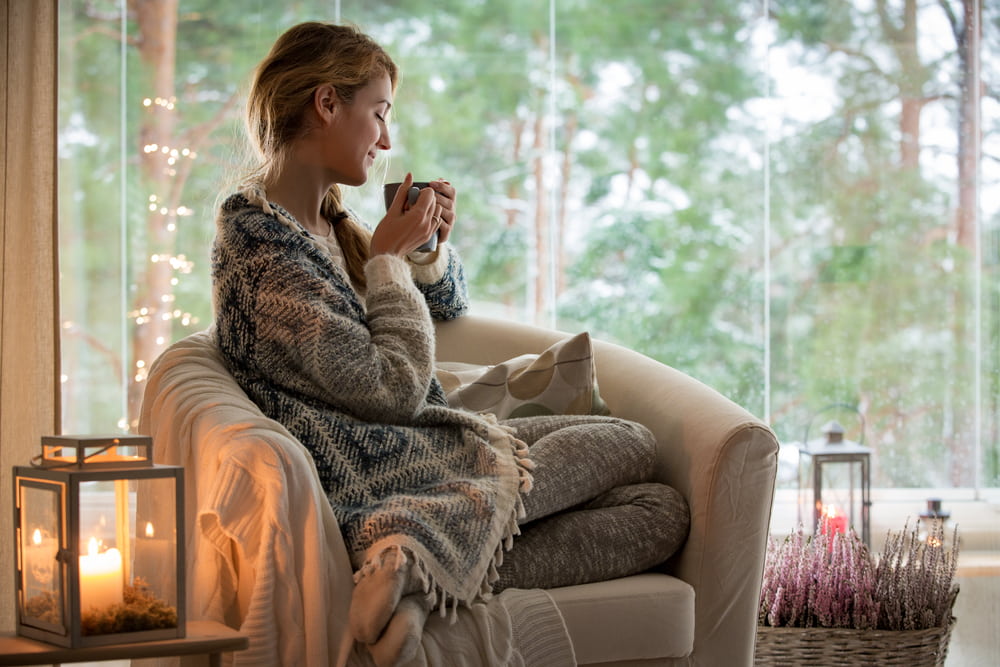
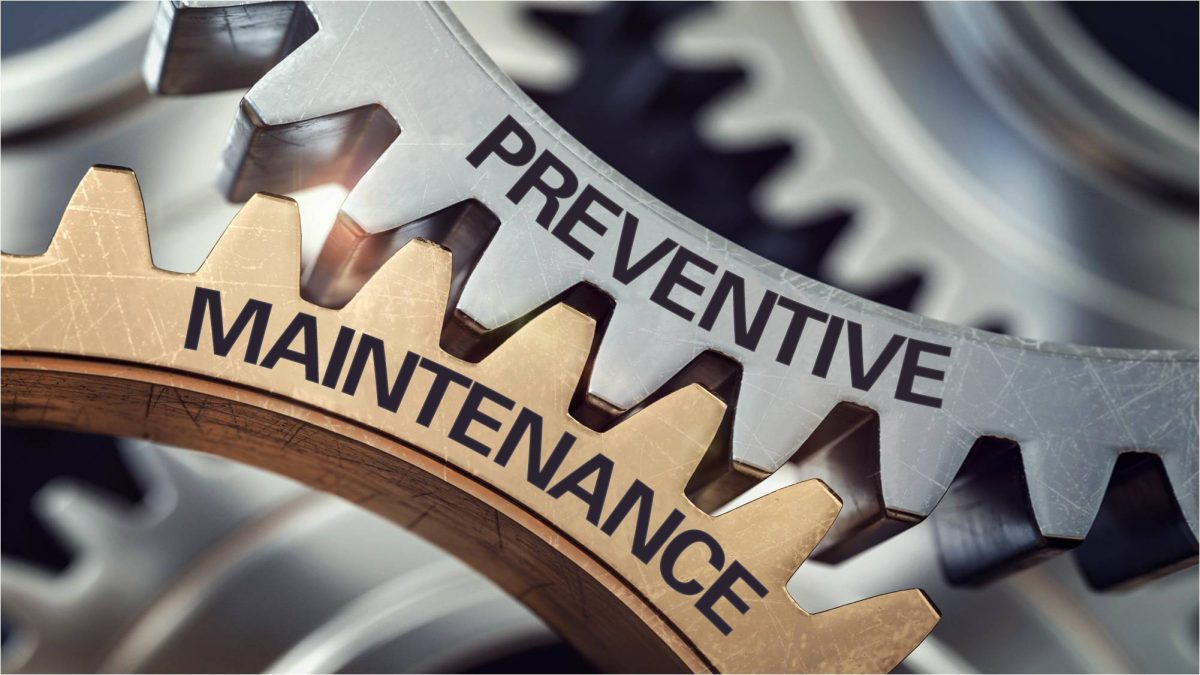


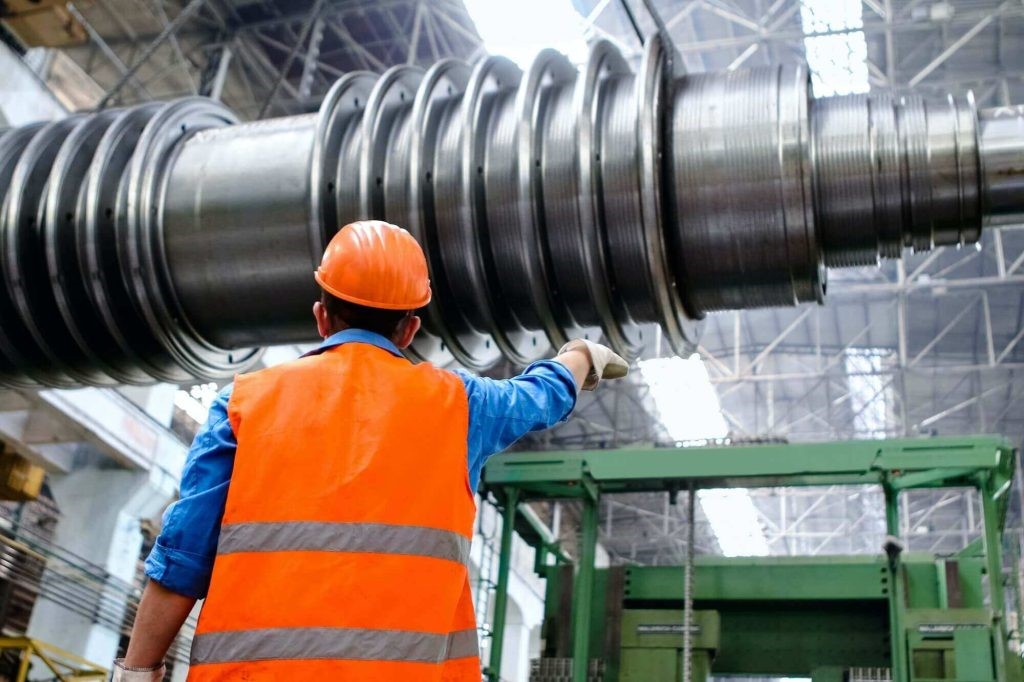

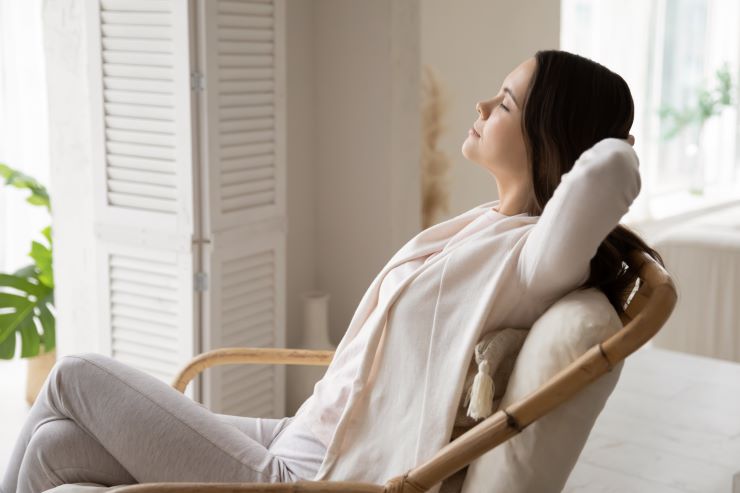
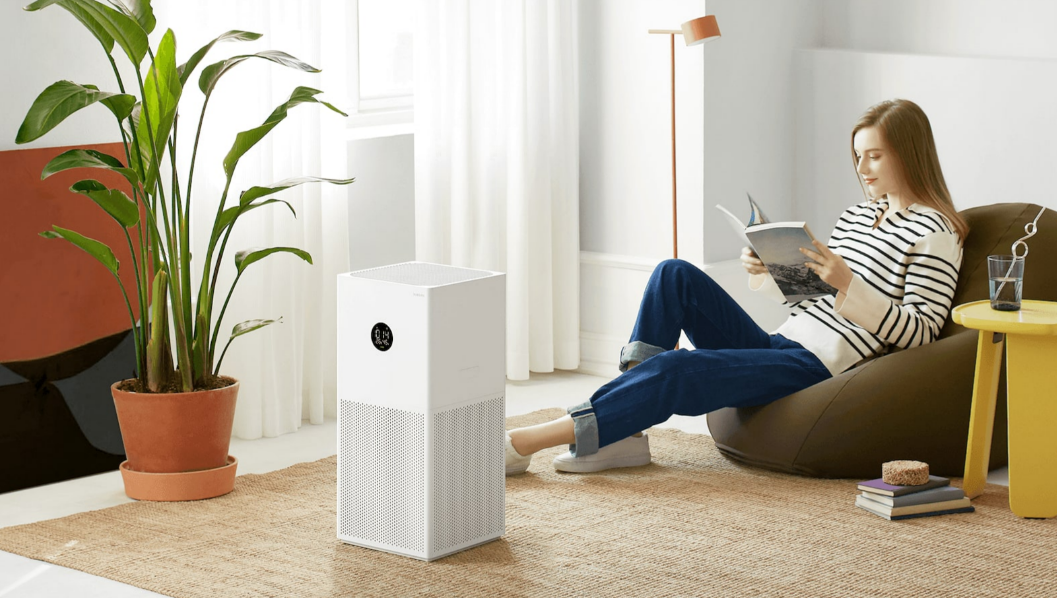 Which is the best technique?
Which is the best technique?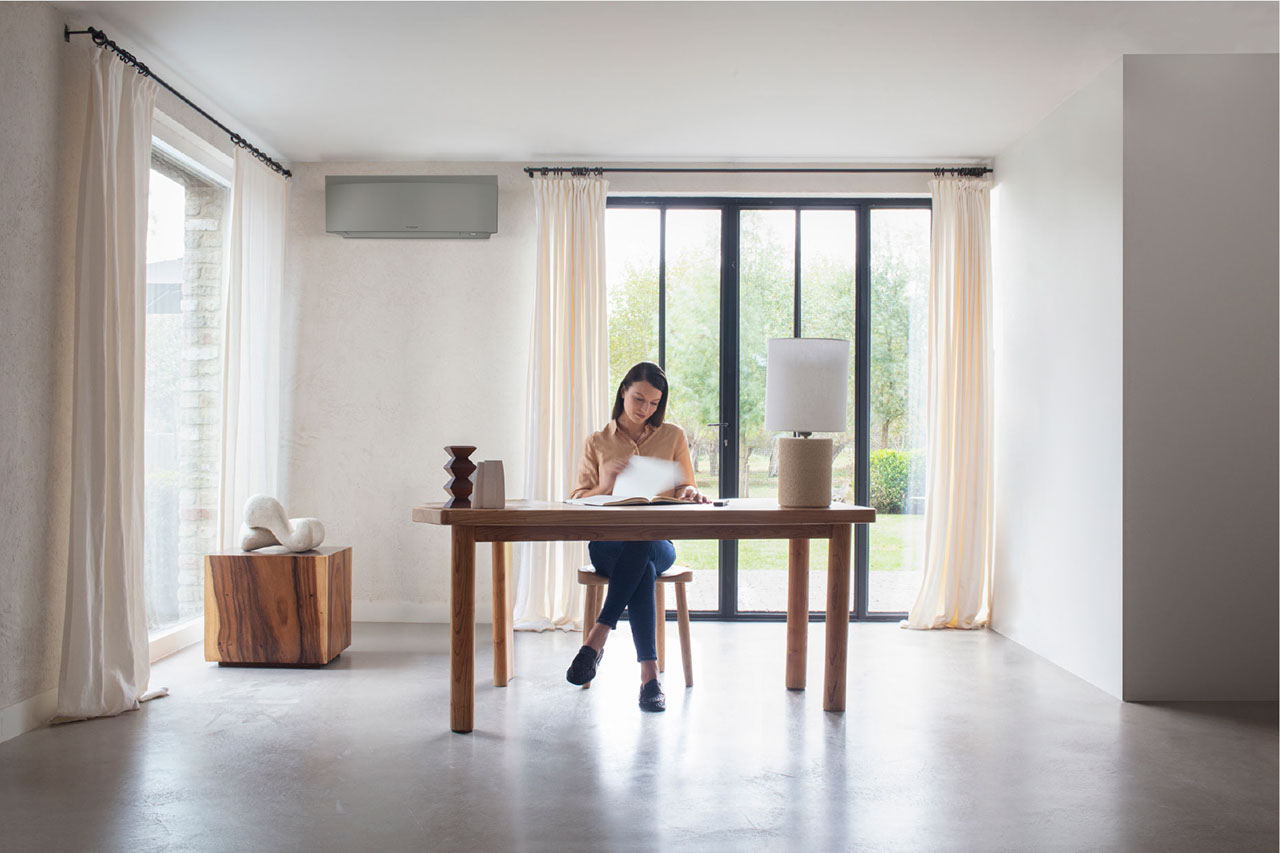 When should you air your home?
When should you air your home?
